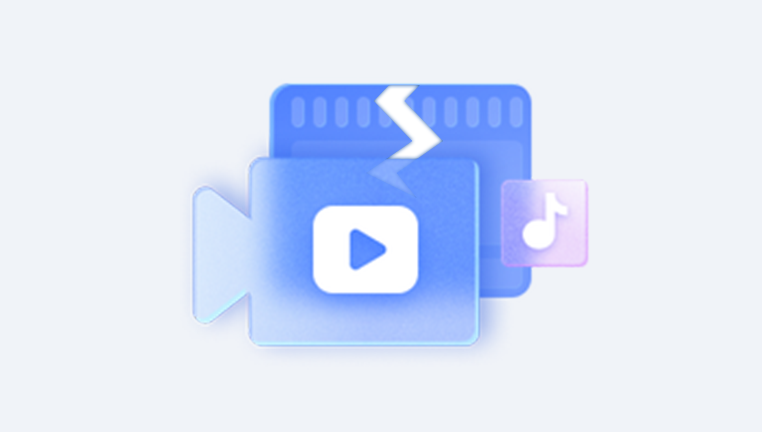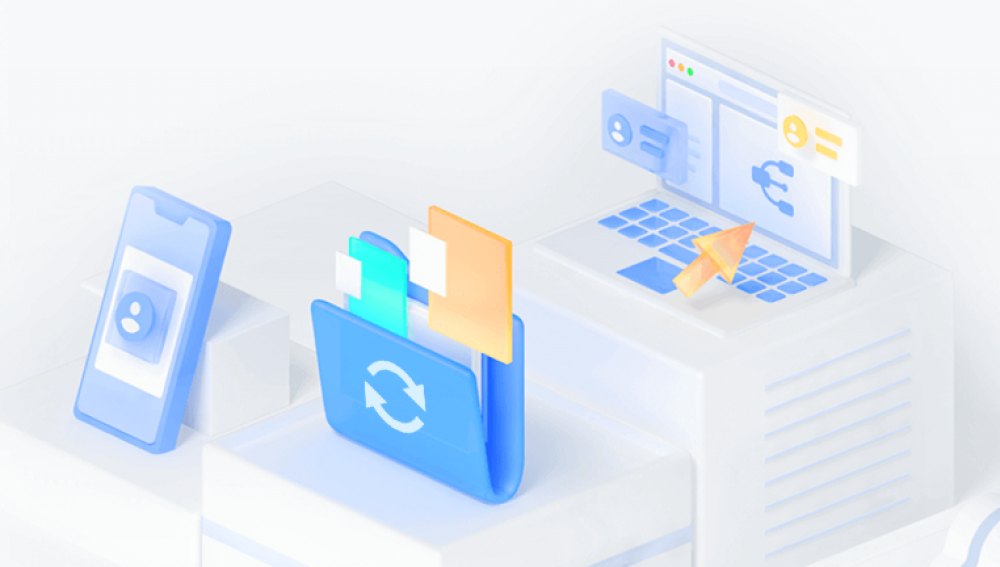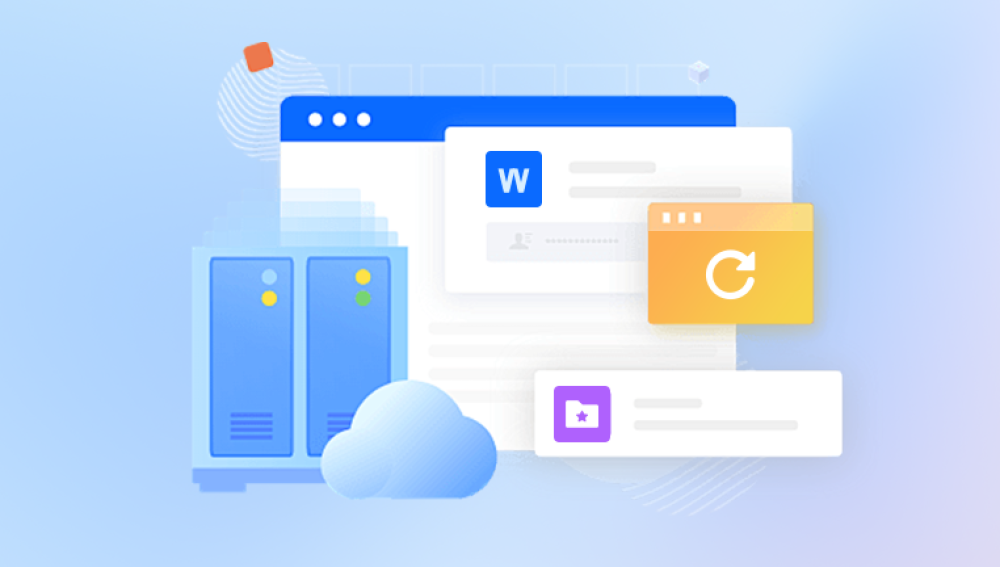Corrupt video files can be an incredibly frustrating problem, especially if the video contains precious memories, important work footage, or hours of recording that can’t be recreated. Whether the damage is due to abrupt interruptions during recording, virus infections, software crashes, or hardware issues, video corruption can occur on any device cameras, phones, computers, or external storage. Fortunately, there are proven methods to repair damaged video files, both manually and with the help of specialized tools.
If the camera or phone shuts down unexpectedly due to battery loss or system failure, the video file being recorded might not be saved properly, resulting in corruption.

Improper Transfer or Ejection
Removing an SD card or USB drive while a video is being transferred can break the file structure. Similarly, a computer crash or sudden power loss during transfer can result in partial or unreadable files.
Faulty Storage Media
SD cards, hard drives, or USB drives with bad sectors or age-related wear can introduce corruption into video files. This may happen gradually or suddenly.
Virus and Malware Infections
Some malicious software targets multimedia files, altering or deleting headers, file indexes, and metadata required for proper playback.
Unsupported or Damaged Codecs
If a video file relies on specific codecs that are not present or have been altered or deleted on your system, the video might not play correctly or may not open at all.
Software Crashes During Editing
Working with large video files in editing software can sometimes result in temporary files being saved incorrectly, especially if the software crashes during a render or save operation.
Signs Your Video File Is Corrupted
There are several warning signs that indicate a video file may be corrupted:
The video won’t open at all or throws an error message.
The file plays but only audio is heard (or vice versa).
The video freezes, skips frames, or stops suddenly.
Colors appear distorted or pixelated.
Media players crash when trying to open the video.
The file shows an incorrect duration or file size.
The preview thumbnail doesn't load or is blank.
Once you’ve confirmed corruption, the next step is choosing the right method to repair the file.
Manual Methods to Attempt First
Before turning to third-party tools, you may want to try basic manual solutions that occasionally resolve minor corruption issues.
1. Try a Different Media Player
Not all players are equally robust. While Windows Media Player or QuickTime may fail to open damaged videos, VLC Media Player can often handle incomplete or slightly corrupted files better due to its built-in codec support.
2. Change the File Extension
Sometimes, simply renaming the file’s extension can allow it to open. For example, if your video was recorded as .mov but won’t play, try renaming it to .mp4 and playing it in VLC. While this doesn’t work on deeply corrupted files, it can solve minor issues related to mismatched formats.
3. Use VLC’s Repair Tool
VLC Media Player includes a built-in feature to fix AVI files. Here’s how to use it:
Open VLC and go to Tools > Preferences.
Under Input/Codecs, find the section labeled Files.
Next to Damaged or incomplete AVI file, select Always Fix.
Open the corrupted AVI file with VLC, and it may attempt to repair and play it.
If your video is not in AVI format, you can try converting it to AVI using VLC’s Media > Convert/Save feature before running the repair function.
4. Copy the File to Another Drive
If the file is on a corrupted or slow drive, simply moving it to a new location — like a healthy SSD or another computer — may help isolate the issue and allow the file to open properly.
Using Specialized Video Repair Software
If manual methods fail, video repair software is your best option. These tools are specifically designed to restore broken headers, corrupted metadata, and interrupted frame sequences. Some work automatically, while others use a healthy sample file to rebuild the structure of the corrupted one.
Commonly Used Software:
Panda Repair
Panda Repair is a powerful and user-friendly tool designed to fix corrupt, damaged, or unplayable video files with ease. Whether your videos were damaged due to power failures, interrupted recordings, faulty memory cards, or unsupported codecs, Panda Repair can bring them back to life using advanced repair algorithms and smart file reconstruction.
Compatible with a wide range of video formats including MP4, MOV, AVI, MKV, and more, Panda Repair is ideal for videos recorded on smartphones, digital cameras, drones, GoPros, and other devices. The tool works by analyzing the internal structure of the corrupted file and comparing it to a healthy sample (if available) from the same device to restore proper playback, sync, and clarity.
Using Panda Repair is simple. Just upload your damaged video file, optionally add a working reference video, and let the software do the rest. Its built-in preview feature allows you to see the repaired file before saving it, ensuring your recovered footage looks just right. Whether your video won’t open, freezes mid-playback, or has distorted audio, Panda Repair addresses both minor and major corruption with impressive accuracy.
How to Use Video Repair Software
Although each tool has its own UI, the steps are typically as follows:
Download and Install the Software
Choose a trusted site and ensure you’re downloading the latest version of the tool.
Add the Corrupt Video File
Click “Add File” or “Select Video” to import the corrupted video. Some software allows batch processing.
Optional: Add a Sample File
For advanced repairs, the software may prompt you to add a healthy file recorded on the same device and with the same settings.
Start the Repair Process
Click “Repair” or “Start,” and wait while the software analyzes and rebuilds the file.
Preview and Save
Once repaired, preview the file to confirm it plays correctly. If everything looks good, save it to a new location.
What If the File Is Severely Corrupted?
For severely corrupted video files where traditional tools fail, consider the following:
Hex Editing (Advanced)
Use hex editors like HxD to manually inspect and replace headers or fix data alignment. This is extremely technical and should only be attempted by experts or under guidance.
Frame Extraction
Use video editing software like Adobe Premiere or FFmpeg to extract usable frames or audio segments. This won't restore the original file but may salvage valuable parts.
Professional Recovery Services
If the file contains irreplaceable footage (e.g., weddings, corporate shoots), consider contacting a data recovery service. These services can reconstruct files from severely damaged drives or flash media using lab-based tools.
Preventing Future Corruption
While no method is foolproof, you can minimize your chances of video corruption with the following practices:
Safely Eject Devices
Always use “eject” functions before unplugging external drives or SD cards to ensure data is fully written and saved.
Avoid Recording on a Full Drive
When a storage device is full, the camera or phone may not be able to finalize video files, increasing the risk of corruption.
Use Reliable Storage Media
Buy memory cards and drives from reputable brands. Cheap or counterfeit cards have a higher failure rate and slower write speeds.
Regularly Back Up Files
Back up important videos to multiple locations — cloud storage, external drives, or NAS systems — to avoid data loss.
Keep Devices Charged During Recording
Ensure your device has enough battery life to complete a recording session. Sudden shutdowns during capture are a major cause of corruption.
Keep Firmware and Software Updated
Camera and editing software updates often fix bugs related to video encoding and file saving.
Avoid Recording in Extreme Conditions
Recording in extremely hot, cold, or humid environments can cause your device to malfunction or shut down, risking file corruption.
Video Recovery vs. Video Repair
It’s important to distinguish between recovering deleted videos and repairing corrupted ones:
Video Recovery refers to retrieving lost or deleted files from a drive or card. Software like Recuva, EaseUS, or Disk Drill is used for this purpose.
Video Repair deals with fixing files that still exist but are damaged or unplayable. This is where the repair tools listed earlier come in.
If your video file is missing, recover it first — then repair it if it’s damaged.
Repairing Videos with FFmpeg (Command Line Method)
For users comfortable with command line tools, FFmpeg is a powerful open-source utility for handling multimedia files.
Here are two common repair techniques using FFmpeg:
Convert the File to Another Format
This can sometimes repair minor corruption.
bash
CopyEdit
ffmpeg -i corrupted.mp4 -c copy output.mp4
Re-encode the File
This rewrites the file’s structure entirely.
bash
CopyEdit
ffmpeg -i corrupted.mp4 -preset ultrafast -crf 22 repaired.mp4
These commands don’t always work on heavily damaged files, but for structural issues or missing metadata, FFmpeg can be surprisingly effective.
When All Else Fails
If you've tried every tool and still can’t fix the file, your last resort may be to:
Try on a different operating system (Windows, macOS, Linux).
Use a different computer or hardware to process the file.
Send the file to a professional data recovery lab.
Search online communities like Reddit or specialized video forums. Sometimes, others have had success with specific tools or workflows for unique file types.
A corrupt video file doesn't always mean permanent loss. With the right tools and a bit of patience, you can often restore even badly damaged videos. The best approach is methodical: try basic fixes first, escalate to specialized software, and if necessary, consult professionals. While prevention is the best medicine, having this knowledge at your fingertips ensures that if corruption does strike, you’re ready to handle it confidently. Always remember to back up your important video files — because when it comes to digital memories, redundancy is your best friend.




